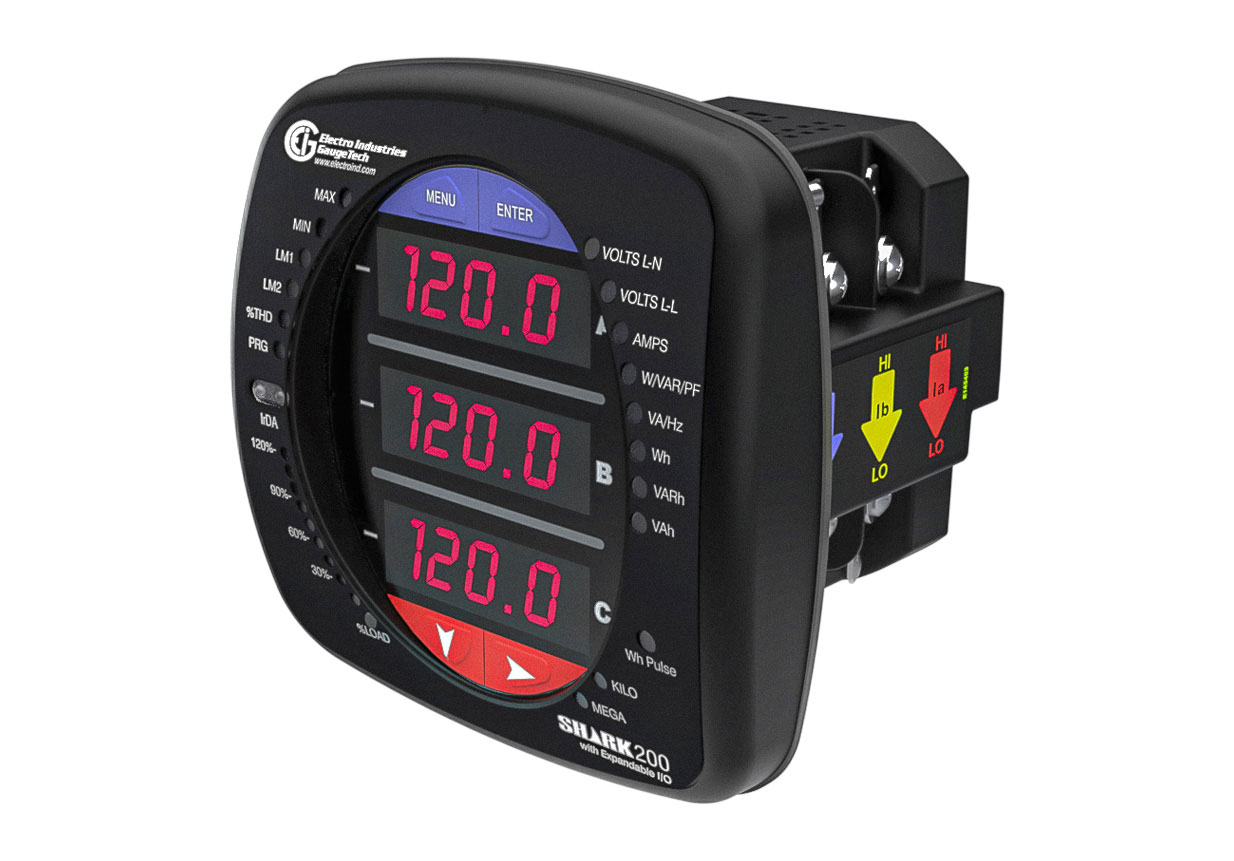Accurate energy measurement is crucial for efficient power management, cost reduction, and system optimization. A Power and Energy Meter plays a vital role in monitoring electrical parameters, helping industries, businesses, and residential users track energy consumption. Selecting the right Energy Panel Meter ensures accurate readings, improved efficiency, and long-term savings. In this article, we will explore the key factors to consider when choosing a Power and Energy Meter for your electrical system.

Understanding the Importance of a Power and Energy Meter
A Power and Energy Meter is a device designed to measure, monitor, and analyze electrical power usage in real-time. These meters help in tracking voltage, current, power factor, frequency, and energy consumption. They are widely used in industrial plants, commercial buildings, and residential spaces to optimize energy usage, reduce waste, and enhance system performance.
An Energy Panel Meter is a type of Power and Energy Meter that is typically mounted on electrical panels. It provides real-time monitoring and control of energy consumption, making it an essential component in modern electrical distribution systems. These meters help facility managers, engineers, and homeowners make data-driven decisions to improve energy efficiency.
Factors to Consider When Choosing a Power and Energy Meter
- Accuracy and Measurement Capabilities
Accuracy is a crucial factor when selecting a Power and Energy Meter. A high-precision meter ensures reliable data, preventing errors that could lead to unnecessary energy costs or system inefficiencies. Look for meters with a low percentage of error (e.g., Class 0.2 or Class 0.5 accuracy).
- Type of Energy Meter
There are different types of Power and Energy Meters based on application needs:
- Single-phase meters – Suitable for residential and small-scale commercial applications.
- Three-phase meters – Used in industrial and large commercial settings to measure power in three-phase electrical systems.
- Multi-function meters – Provide additional parameters such as power factor, harmonic distortion, and demand monitoring.
An Energy Panel Meter should be chosen based on whether your system operates on a single-phase or three-phase supply.
- Communication and Connectivity Features
Modern Power and Energy Meters come with advanced connectivity options such as:
- Modbus RTU/TCP – Allows integration with energy management systems.
- BACnet – Commonly used in building automation.
- Wi-Fi & Ethernet – Enables remote monitoring and control.
An Energy Panel Meter with connectivity features helps facility managers monitor energy usage in real-time and integrate data with smart energy management systems.
- Display and User Interface
A user-friendly interface is essential for easy monitoring and configuration. Look for a Power and Energy Meter with:
- A bright LCD or LED display for clear readings.
- Touchscreen or button controls for convenient operation.
- Multi-parameter display options for quick insights into energy consumption.
- Load Monitoring and Energy Analysis
An effective Energy Panel Meter should be capable of monitoring electrical loads efficiently. Features such as:
- Real-time load monitoring – Helps prevent overloads and ensures balanced power distribution.
- Energy consumption analysis – Assists in identifying areas of energy waste.
- Power quality monitoring – Detects voltage fluctuations, harmonic distortion, and other electrical anomalies.
- Compliance with Industry Standards

For accuracy and reliability, ensure that the Power and Energy Meter meets international standards such as:
- IEC 62053-22 for accuracy in energy metering.
- ANSI C12.20 for high-precision metering.
- ISO 50001 compliance for energy management systems.
Choosing an Energy Panel Meter that adheres to these standards guarantees durability and reliable performance.
- Installation and Maintenance
Select a Power and Energy Meter that is easy to install and requires minimal maintenance. Key considerations include:
- Panel mounting options – For seamless integration into existing electrical panels.
- Plug-and-play configurations – For quick setup without complex wiring.
- Self-diagnostic features – To detect and alert users of potential issues.
Benefits of Using an Energy Panel Meter
- Cost Savings
By accurately monitoring energy consumption, businesses and homeowners can reduce energy waste and lower electricity bills.
- Improved Energy Efficiency
A Power and Energy Meter provides valuable insights that help optimize energy usage, leading to a more sustainable electrical system.
- Preventative Maintenance
Monitoring power quality and load distribution helps prevent electrical failures, reducing downtime and maintenance costs.
- Environmental Benefits
Efficient energy usage reduces carbon footprint, contributing to sustainability and environmental conservation.
- Compliance with Energy Regulations
Many industries are required to comply with energy efficiency regulations. An Energy Panel Meter helps meet these standards by providing accurate consumption data.
Conclusion
Choosing the right Power and Energy Meter is essential for effective energy management, cost savings, and system optimization. Whether you need a Power and Energy Meter for residential, commercial, or industrial use, considering factors like accuracy, connectivity, compliance, and ease of use will ensure you make the right decision.
For high-quality Power and Energy Meters, Electro Industries Gauge Tech offers a wide range of solutions designed to meet modern energy monitoring needs. Their advanced Energy Panel Meter options provide accurate readings, real-time monitoring, and smart connectivity features, making them an excellent choice for optimizing your electrical system.









